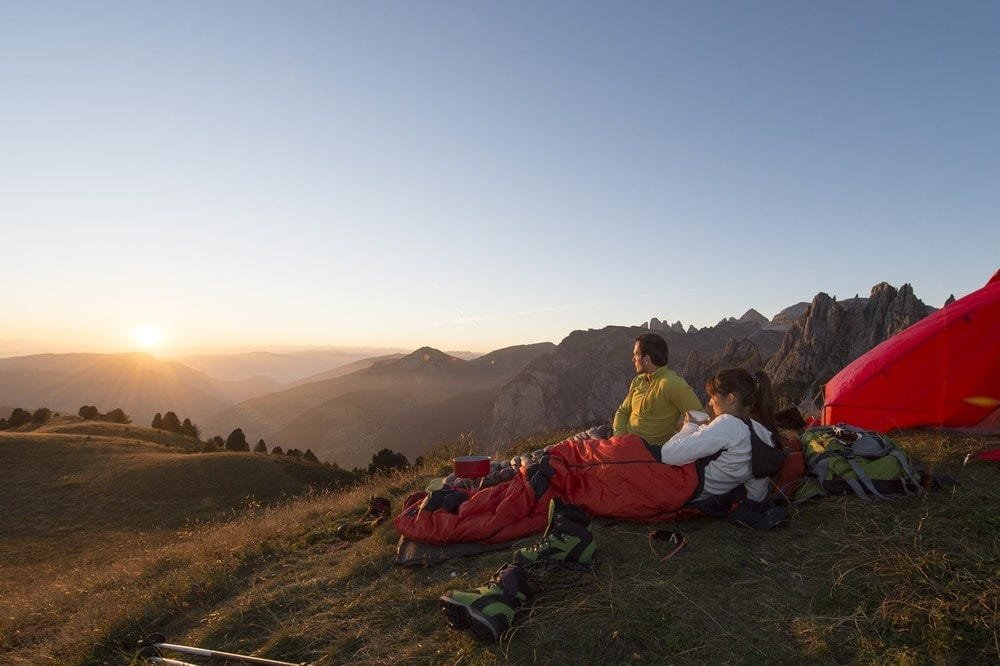The Night Our Tent Failed (And What It Taught Me About Choosing Shelter) | by Sunrise in the Smokies | Jul, 2025

The perfect camping moment — before everything went wrong
The rain started as a gentle patter around 2 AM, the kind that usually lulls you deeper into sleep. My partner Jake and I were nestled in our supposedly “waterproof” tent somewhere along the Colorado Trail, exhausted after a 12-mile day through some of the most beautiful terrain either of us had ever seen. We’d been so proud of snagging that budget tent on clearance — it looked identical to the expensive models, we reasoned. How different could they really be?
By 3 AM, we had our answer.
What began as a gentle rainfall had transformed into a steady downpour, and our tent was failing spectacularly. Water seeped through seams we didn’t even know existed. The rainfly, which had seemed so robust in the store, was now sagging dangerously close to the inner tent wall, creating perfect channels for water to cascade directly onto our sleeping bags. The “waterproof” floor felt more like a shallow kiddie pool.
Jake and I spent the next four hours in what can only be described as survival mode. We used our rain jackets as makeshift tarps, repositioned our gear bags to catch drips, and took turns holding up the sagging sections of the tent. By sunrise, we were soaked, exhausted, and questioning every decision that had led us to this moment.
What camping should look like — peaceful, dry, and comfortable
The irony wasn’t lost on us. Here we were, two experienced hikers who had meticulously planned every other aspect of our trip — from our lightweight sleeping systems to our carefully calculated food portions — yet we’d completely fumbled the one piece of gear that would keep us alive in bad weather. Our tent wasn’t just failing; it was teaching us a harsh lesson about the difference between marketing claims and real-world performance.
That miserable night cost us more than just sleep. We had to cut our five-day trek short, hiking out in the rain with soggy gear and deflated spirits. But it also gave us something invaluable: a deep appreciation for quality shelter and the knowledge to make better choices.
Your tent isn’t just gear — it’s your lifeline in challenging conditions. Investing in quality shelter isn’t about luxury; it’s about safety, comfort, and ensuring your outdoor adventures remain enjoyable rather than endurance tests.
After our soggy disaster, I became obsessed with understanding what makes a truly reliable two-person tent. I spent hours researching materials, construction techniques, and real-world testing data. I talked to gear shop employees, read countless reviews, and most importantly, I learned to distinguish between marketing hype and genuine performance features.
The gap between our failed budget tent and a quality shelter came down to three critical factors we’d completely overlooked: seam sealing quality, fabric denier ratings, and pole engineering. Our cheap tent had poorly sealed seams that leaked immediately, thin fabric that couldn’t handle wind stress, and aluminum poles that bent under pressure.
Proper gear that you can trust when conditions get challenging
Quality tents use premium materials like 20-denier ripstop nylon with durable water repellent (DWR) coatings that maintain their effectiveness over time. They feature factory-sealed seams with waterproof tape, not just the spray-on treatments common in budget models. The pole systems are engineered for specific stress loads, using aircraft-grade aluminum or even carbon fiber in premium models.
But beyond materials, I learned that design philosophy matters enormously. Well-engineered tents consider airflow to prevent condensation, use geometry that sheds wind efficiently, and include features like dual vestibules that provide crucial gear storage during storms. These aren’t luxury features — they’re essentials that separate reliable shelter from expensive disappointment.
Six months after our Colorado Trail debacle, Jake and I returned to complete the section we’d been forced to abandon. This time, we came prepared with knowledge hard-won from our previous failure. We’d invested in quality shelter based on extensive research and expert recommendations, understanding now that a tent’s true test comes during those 2 AM storms when you’re miles from help.
The weather threw everything at us during that second attempt — wind, rain, and even an unexpected snow squall. But instead of battling our shelter, we slept peacefully through each storm, warm and dry inside our properly engineered cocoon. The difference was night and day, quite literally.
That experience taught me that outdoor gear isn’t about brands or price tags — it’s about understanding what you’re really buying. When choosing shelter, you’re not just purchasing fabric and poles; you’re investing in your safety, comfort, and the success of your adventures. After extensive research and field testing, I discovered that expert reviews comparing top two-person hiking shelters can save you from making the same costly mistakes we did.
Every time I zip up our tent before sleep on a backpacking trip, I remember that miserable night in Colorado. It serves as a reminder that the wilderness doesn’t care about your budget constraints or time pressures. It only responds to preparation, quality equipment, and respect for the conditions you might face.
Don’t let a tent failure define your outdoor memories the way it almost did ours. Learn from our expensive mistake: invest in quality shelter from the start, understand what features actually matter in real-world conditions, and remember that the best tent is the one that keeps you comfortable and safe when everything else goes wrong.
The mountains will always be there, waiting for your next adventure. Make sure you’re prepared to enjoy them, rain or shine.

